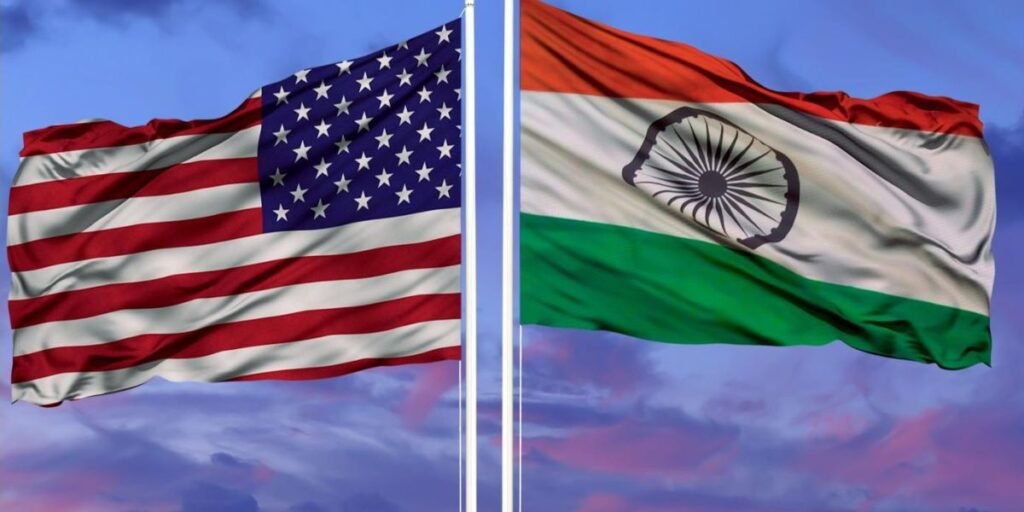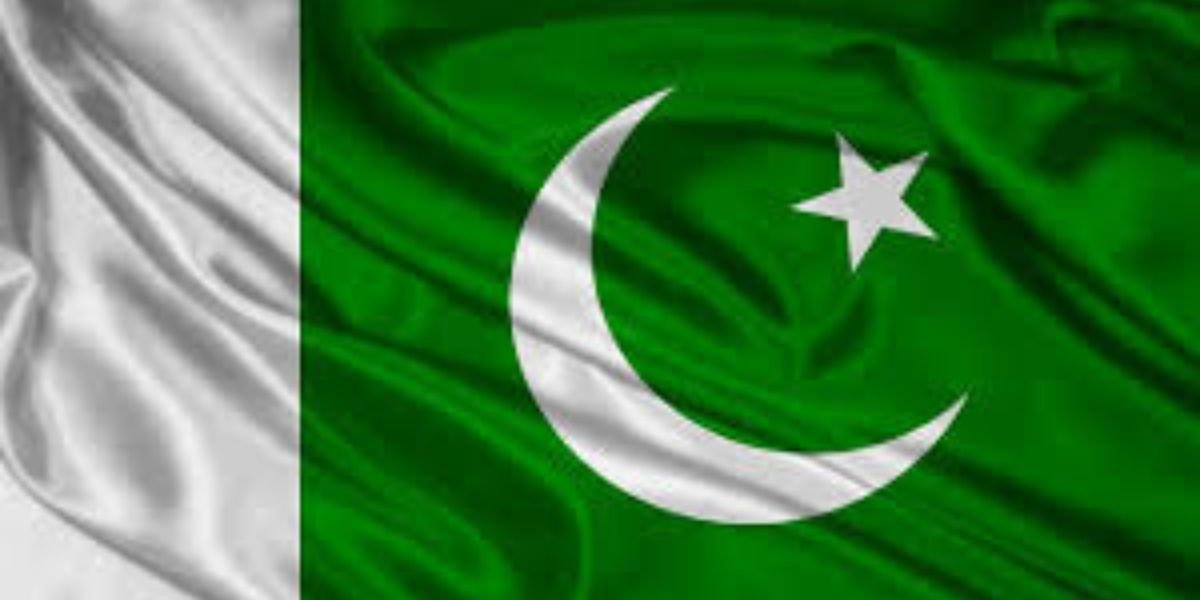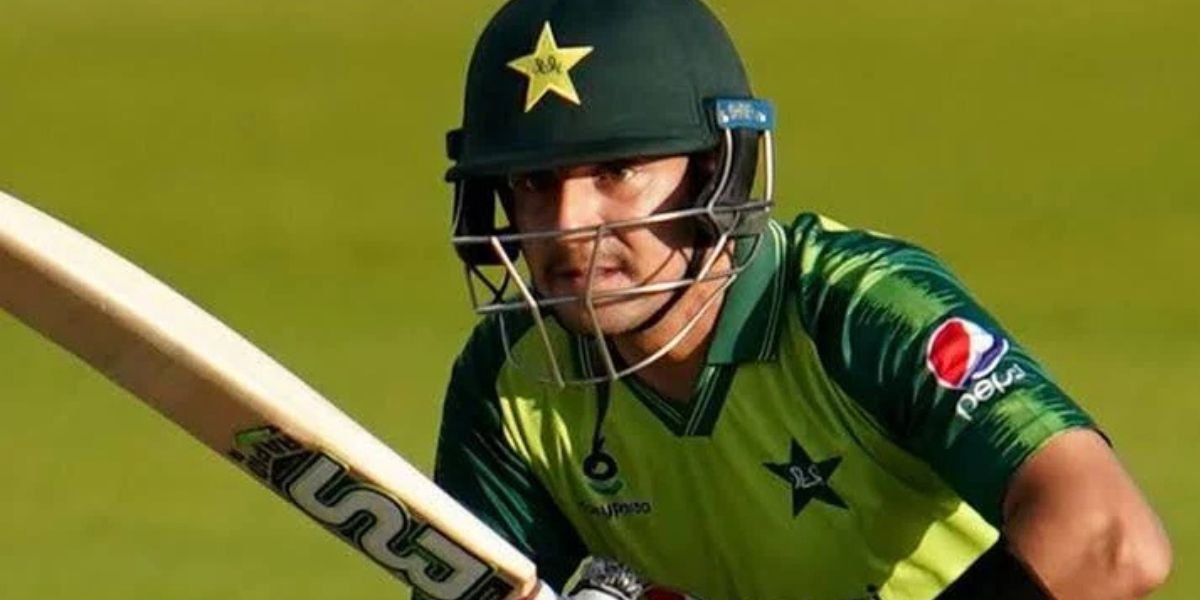Webdesk: US President Donald Trump’s recent outburst against India over its oil trade with Russia has alarmed diplomats and analysts alike, who fear it could undo years of relations between the two countries, according to Reuters.
Trump signed an executive order this week imposing an extra 25 per cent duty on Indian imports, on top of an earlier 25 per cent tariff, in response to India’s continued purchases of Russian oil.
The move has sparked sharp reactions at home. Opposition parties and the wider public in India are urging Prime Minister Narendra Modi to push back against what they describe as ‘Trump’s bullying’.
Many experts believe this dispute marks one of the lowest points in India-US ties since Washington imposed sanctions on New Delhi following its 1998 nuclear tests.
The complexity of India’s position was summed up in a recent post by Christopher Clary, Associate Professor at the University at Albany and Nonresident Fellow at the Stimson Centre.
He wrote: “The core reality of India’s foreign policy dilemma is this: Russia is too weak and too backwards to provide India what it needs to ascend, the EU is militarily incapable and riven by its own divisions, China is too strong, and the US is erratic.”
His view has resonated with many who see India’s foreign policy being pulled in multiple directions. For decades, India has relied heavily on Russian weapons, but Moscow’s ability to deliver is shrinking.
European partners offer promising markets and technology but lack military weight. China remains both India’s biggest rival and a dominant regional power.
Meanwhile, US policy has swung between deep engagement and sudden reversals, leaving India with little certainty.
India’s strategy of maintaining “strategic autonomy,” trying not to fully side with any one power, is becoming harder to sustain.
As global competition intensifies and wars drag on, the space for careful diplomacy is narrowing.
Key issues such as defence procurement, access to semiconductors, and long-term energy security have now moved to the centre of India’s foreign policy calculations.
For observers in Pakistan, these developments carry regional implications. If India struggles to manage its relationships with the US, Russia, and China all at once, the resulting instability could spill into South Asia.
Trade corridors, military posture, and crisis management systems all become more fragile when global alignments start to shift.
Clary’s assessment also highlights the dangers of lofty rhetoric. A foreign policy full of slogans can falter when it runs into hard realities like supply chain limits, technology controls, and unpredictable allies.
Without steady partners and reliable access to critical tech, India’s global ambitions may face increasing obstacles.
Read more: PM Shehbaz condemns Fitna-al-Hindustan’ attack on security forces’ vehicle in Mastung





